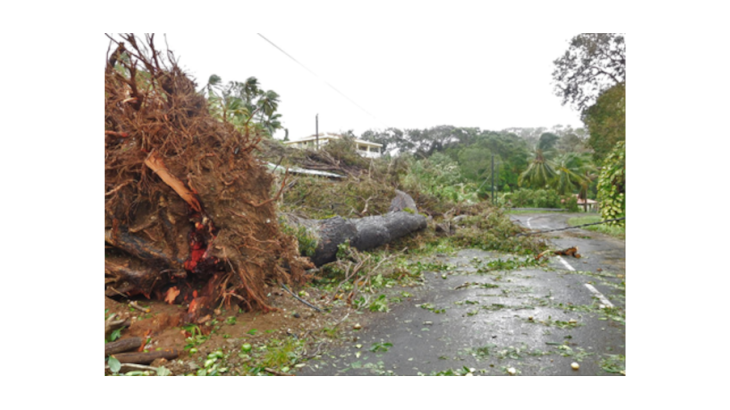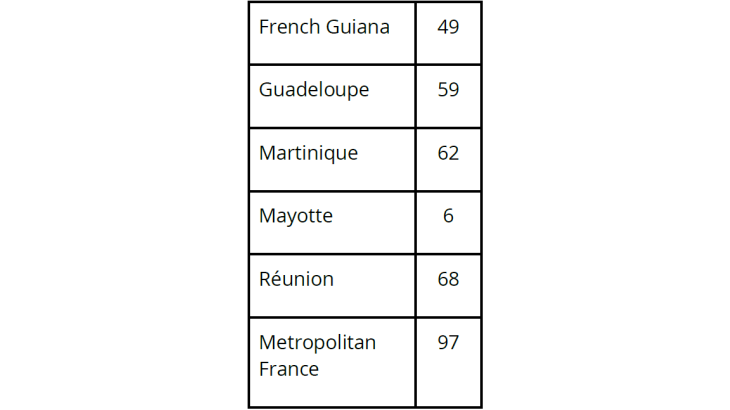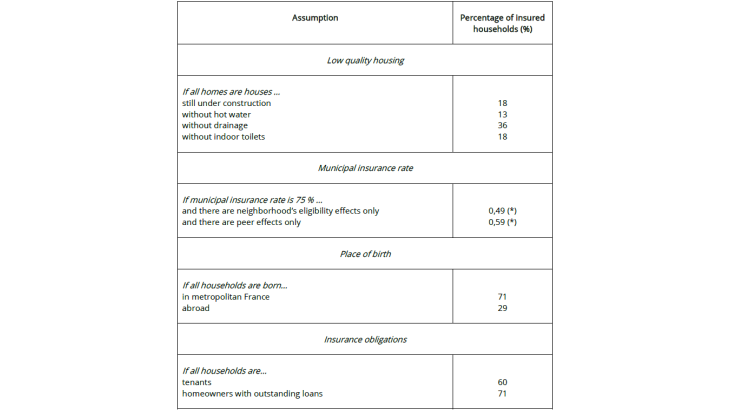The possible demand-side reasons for the low insurance take-up
My focus here and in my article (Grislain-Letrémy, 2018) is the demand-side reasons for the low insurance take-up in disaster-prone areas. Besides perception biases, several major reasons might explain the low demand for natural disaster insurance.
First, insurance might be too expensive for households. When insurance is available, the insurance premiums in Latin America and the Caribbean are high because of the restricted or expensive reinsurance supply.
Second, in Latin America, the Caribbean, many houses are of low quality, do not meet adequate building standards, which are in practice often either nonexistent or outdated. In particular, the French overseas departments do not require a permit to build a house because the property law allows households to own the walls of their home without owning the ground on which it is built. Because of their poor resilience to natural events, these legal houses could be considered as uninsurable by insurance companies.
Third, assistance is a substitute for formal insurance and decreases the demand for insurance. Households can garner financial assistance after natural disasters from local authorities, international and non-governmental organizations, or relatives. The French overseas departments also benefit from significant financial assistance from the French government via the emergency fund for the overseas territories. Besides, the neighbors’ decision to be uninsured can increase the neighborhood’s eligibility for assistance and so decrease the individual benefit of purchasing insurance, or on the contrary increase this benefit if assistance has to be shared among uninsured households.
Fourth, the neighbors’ insurance choices also impact individual decisions through peer effects and sustain this way a low level of insurance take-up. Indeed, social norms impact the decision to purchase insurance, because individuals might think that their relatives have similar preferences to them or have already contributed the search costs of obtaining information on risk and insurance.
Fifth, although insurance obligations logically increase insurance demand, in reality they do not guarantee that targeted households purchase insurance. For example, even if purchasing home insurance is often a condition for obtaining a mortgage, some homeowners with outstanding loans might not renew their insurance contracts once they have settled in.
Uninsurable housing and anticipation of assistance
I show that the low demand is mainly due to low quality housing and also likely to the anticipation of assistance. The regulated insurance price in the French overseas departments does not significantly contribute to the low insurance demand. Further, I show that the neighbors’ insurance choices impact the individual’s insurance decisions through the neighborhood’s eligibility for assistance and through peer effects. Having grown up in metropolitan France where the vast majority of people are insured also increases the probability of being insured. Finally, the existing insurance obligations are operant but do not guarantee that targeted households purchase insurance because of little monitoring of insurance renewals.


